Sake is a traditional Japanese alcoholic beverage. It is originally brewed from rice and water. The color resembles a lot like white wine. It has become one of the most consumed alcoholic drinks in the world. Although it resembles more like wine, the brewing process is like beer. But, is Sake gluten free?
To answer it briefly, most of the Sakes are gluten free. Original sake has to be gluten free, as the key ingredient is usually rice. Rice does not contain gluten, making original sake gluten free too. But there are “non-premium” ones which may contain gluten in them. Hence, being a consumer, you should check the labels on the bottle before buying one.
Sake is often linked to special ceremonies. Sake contains around 18-20% alcohol when it is undiluted. Diluted one has about 15%. To know more about this drink, let’s dive deeper without further ado!
Table of Contents
Is Sake Gluten Free?
Let’s find the answer to the main question now. Is sake gluten free? The answer is not as outright as it seems. Firstly, we need to know the types of sake. We have premium and non-premium (regular) on the list.
In most cases, the premium sakes do not contain gluten because of the way it gets brewed. Most sake barrels include no gluten adhesives. If wine barrels are used, there are risks of cross-contamination. It would then be mentioned on the label.
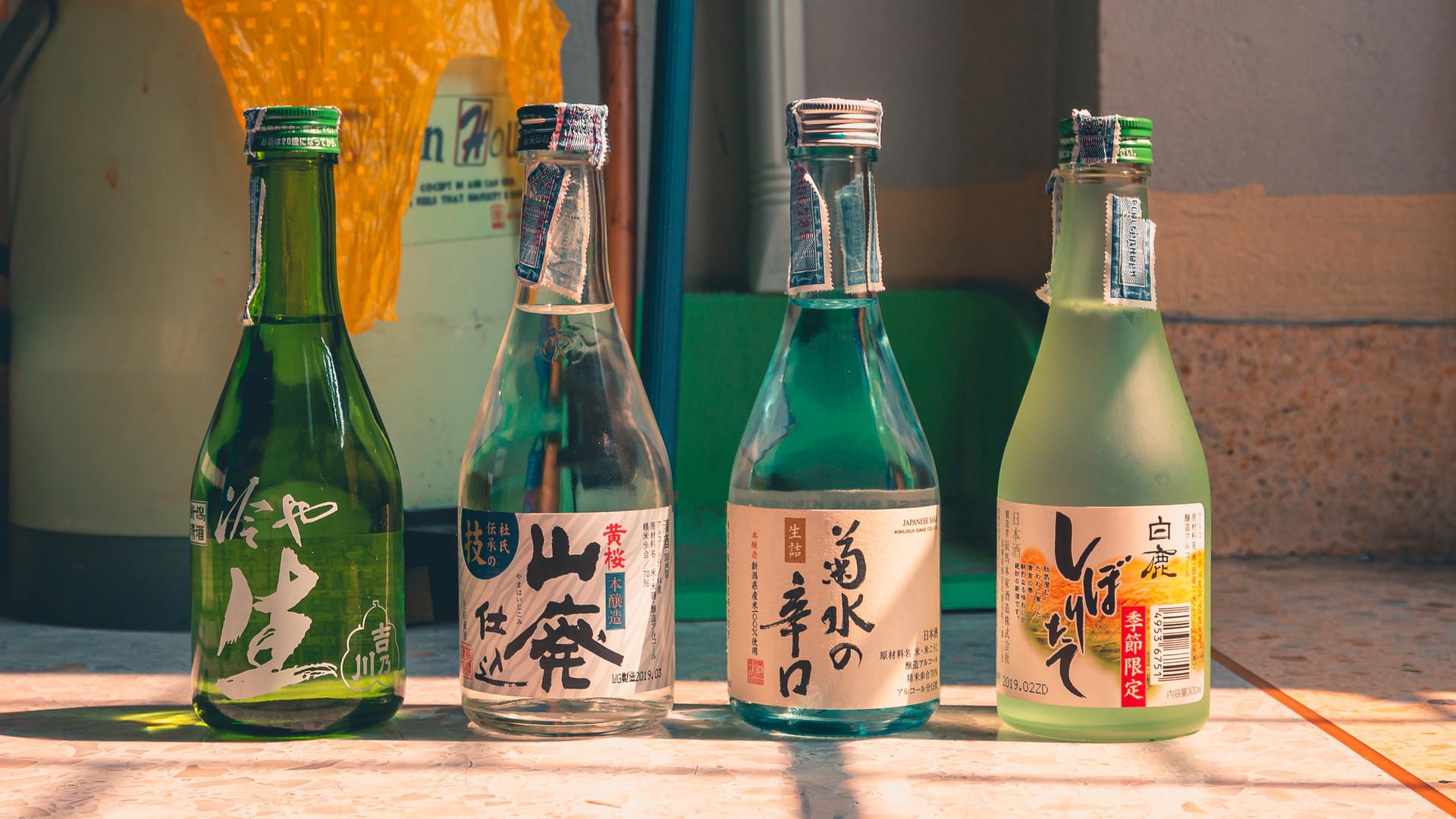
The non-premium ones may not be gluten free. The manufacturers often include additives in the basic ones. These additives may contain gluten. If you are going to a restaurant, consult them before ordering any. Premium sakes are preferable to celiacs. Junmai Sake is often opted by many. It is one of the purest forms of Sake.
This post will also provide you with a list of gluten free sakes to make things easier for you.
Related Post:- Is Godiva Chocolate Gluten Free?
What Is Sake?
Sake is the national drink of Japan. It is an old drink whose origin can’t be traced very accurately. One can find the reference of alcohol in a 3rd-century historical text called “Book of Wei.” Sake has also been mentioned in the “Kojiki.” This text was compiled back in 712. If we want to trace the history, many believe that sake originated in the Nara period.
Sake has been a quintessential part of religious ceremonies and drinking games too. Here is a little trivia for you! Did you know that the oldest known sake brewery is from the 15th century? Yes, you read it right! It is present in Ukyō-ku, Kyoto.
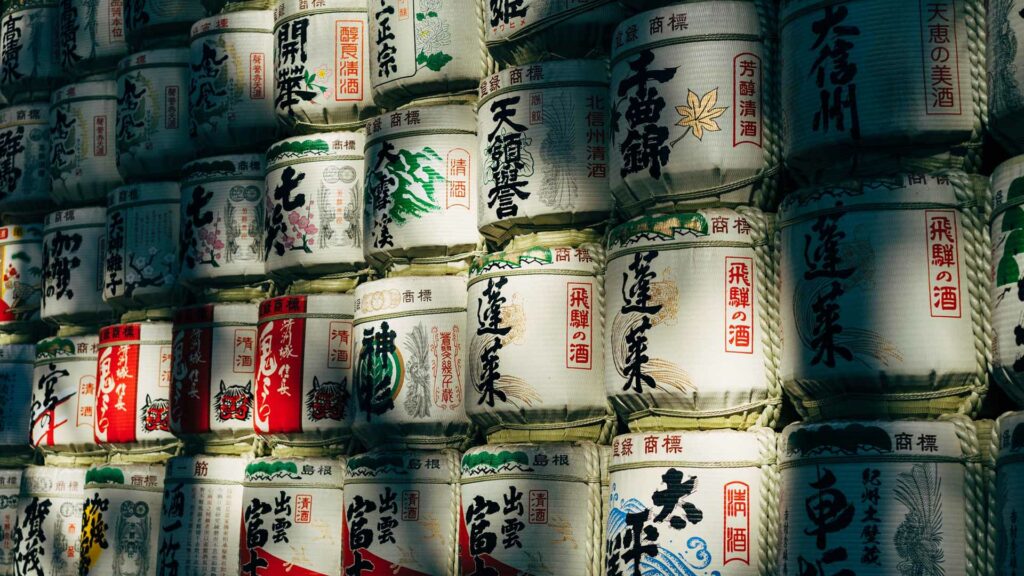
The key ingredients in sake are rice, yeast, koji mold, and water. It has a sweet flavor. There are two types of sake- Futsushu/Basic sake and Tokutei Meisho-shu/Premium sake. The gluten content varies in these two types. We will know more about it in a while.
Is Sake Good for You?
So, is sake a healthy drink? Like any other item, sake also has good qualities and potential risks. Many believe that it is one of the healthiest alcoholic drinks. Sake has a higher alcohol content than many alcoholic drinks, but the calorie count is lower (134 calories). Now, what can be better than that!
Wines often have preservatives in them. It does not happen for a sake. Traditional sake has a crisp flavor of rice, water, and yeast. Apparently, it can also aid in preventing osteoporosis.
Sake is a light drink. It is often considered as elegant as wine. It supposedly helps prevent Alzheimer’s disease and removes blood clots. Sake is also good for the skin. It helps in brightening the skin and delaying aging signs.
Now, let’s read about the potential risks. It supposedly increases the risk of upper tract urothelial cancer (UTUC). Studies say that it can also trigger the development of some cancers. Liver ailments and stroke are some of the risks. Sake might trigger heart ailments as well. Basically, consumption of sake should be acceptable as long as you do it in limited amounts!
How to Find Gluten Free Sake?
There are some simple tips and tricks that you can follow to recognize gluten free sake.
First of all, if you want zero gluten in your drink, keep away from futsushu (basic sake). You might wonder how you can recognize whether it is futsushu! Check the Japanese sake grading levels on the label. You will find the reference to junmai or honjozo on premium sake. Most flavored sake and those without the grading are futsushu and contain gluten.
Next, look for the gluten free label on the bottles. You can also look for the term “junmai” on the bottle. Thus, celiacs can consume sake, but only premium ones. They contain rice, yeast, water, and koji mold. All of them are gluten free, making the premium sake gluten free too.
Is Sake Vegan And Dairy-free?
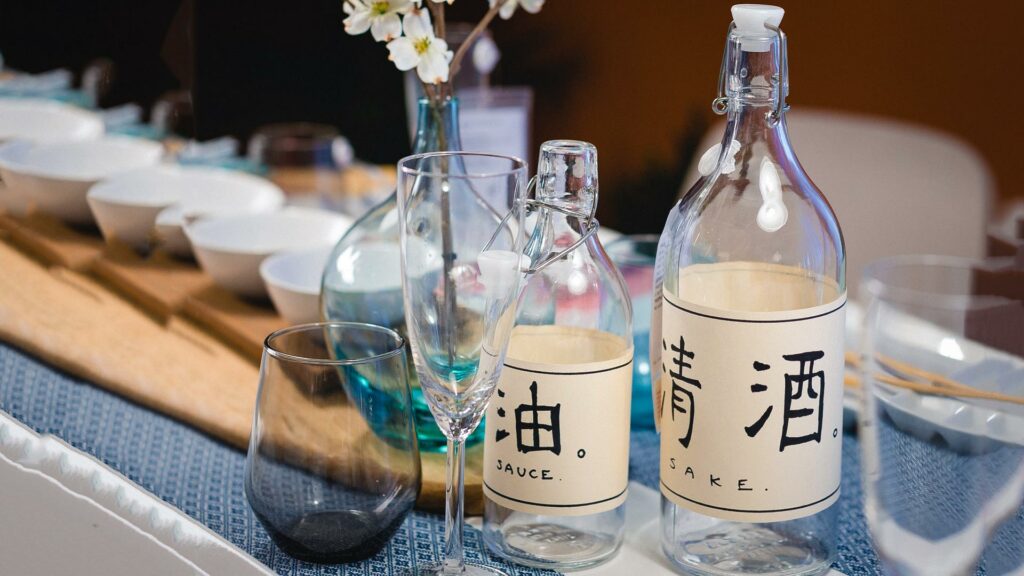
It is said that junmai sake is apt for vegans. Some sake breweries use animal-based gelatin. Thus, animal derivatives get used in these breweries during the filtration process. Sake bottles labeled “muroka” are vegan as they lack the filtration process.
Sake lacks milk or other dairy products. Thus, it is safe for people who are lactose-intolerant. Hence, Sake is dairy free.
Gluten Free Sake Brands:
As you can see, sakes are available in both variants. You will find sake with gluten and without it. Gluten free sakes are mostly premium brands. If you are buying sake for the first time, it might be confusing for you to find the best gluten free sake brand.
We understand that struggle people face with gluten free selections. Hence, we have decided to make it easier for you. Although you can find plenty of gluten free sake options in the market, we have created a short list here to help you out:
- Isojiman
- Tentaka Shuzo
- Dassai
- Akashi-Tai
- Gekkeikan
- Sohomare
- Shichiken
- Tamagawa
- Hakushika
- Hakutsuru
- Ozeki,
Foods to Pair with Sake:

If there is drinking, there is eating. How can you not try sake without some delicious, mouthwatering dishes? There are a lot of food items that you can pair with sake. We have made a list of some gluten free foods that you can pair with sake. Read ahead to know them!
- Sushi like nigiri and sashimi,
- Fishcakes
- Tofu
- Pickles
- Thai dishes
- Pork belly
- Salads
- Una Tama
- Mushroom dishes
- Tempura
- Ramen
- Barbeque
- Chocolates
Different food items suit different types of Sake. It depends on whether you have a rich sake or not. Also, the choice of food depends on the taste palette of the individual. If you are trying Sake for the first time, we would recommend you to try it with sushi.
Also, if you are gluten-intolerant, make sure the food you eat is gluten free too. For example, pasta is not gluten free. If you have whole wheat pasta with gluten free Sake, it really won’t matter. You should be very careful while picking your sake pairing if you are gluten intolerant.
Conclusion:
We are hopeful that this article has been helpful to you. Sake is usually gluten free. But it depends on the type too. Pure sake (usually unflavored) is gluten free. You can also refer to the list of the brands we have provided for your convenience.
It is always best to check the “gluten free” label before purchasing any sake. Once you have confirmed that it is a pure sake (premium), you can enjoy it without worrying about gluten content.
So what are you waiting for? Pair your sake with your favorite side dish and enjoy! Kanpai!
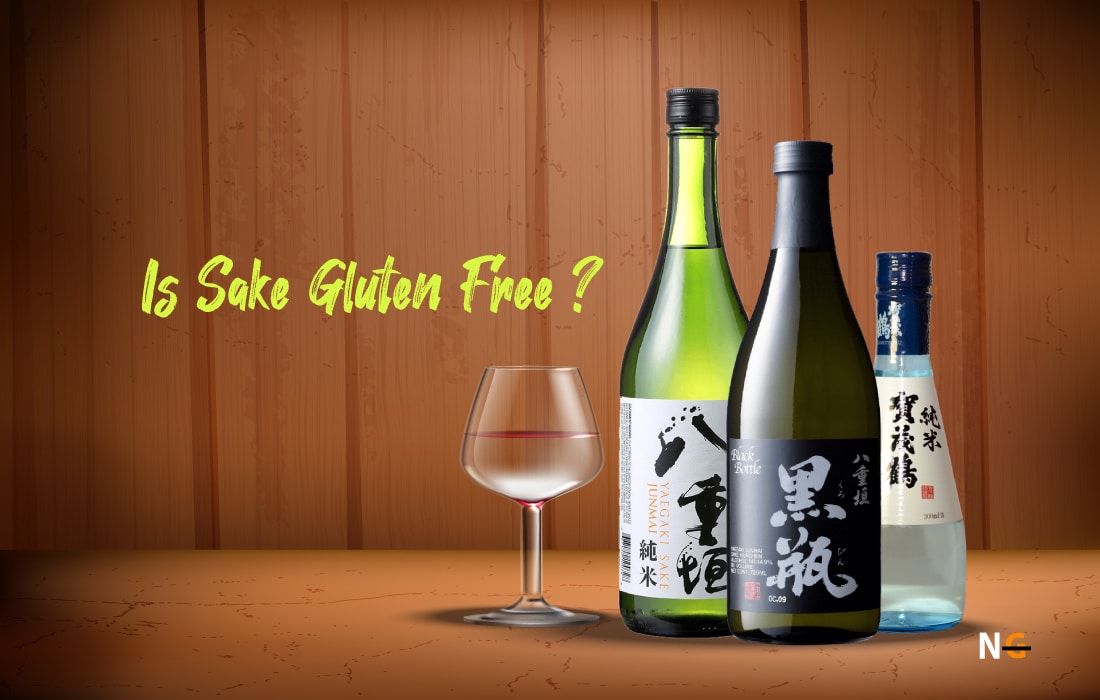


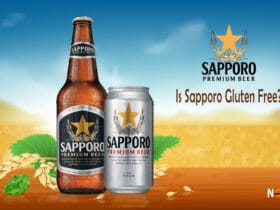
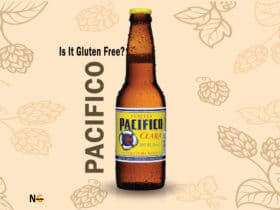


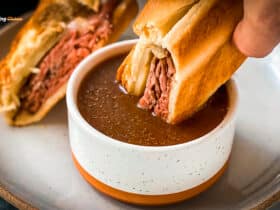


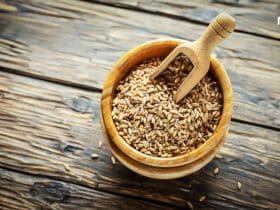


Leave a Reply
View Comments